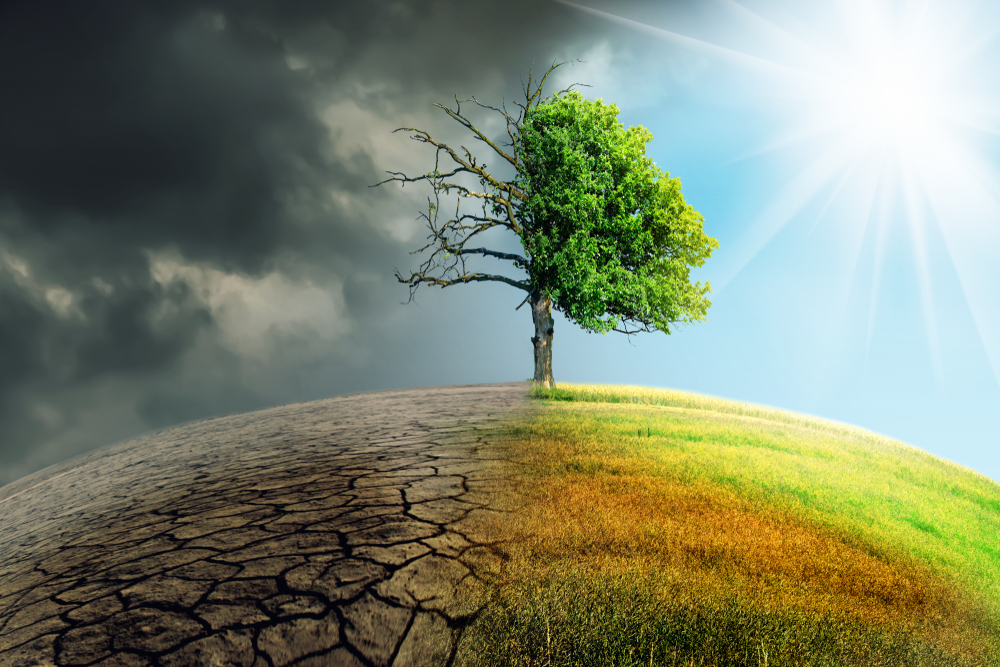A number of ongoing or recent societal disruptions share several common characteristics. The economic bubble that burst in 2008 grew into a weakly-regulated, globalised market whose efficiency was widely celebrated. In theory, economic bubbles of this kind don’t exist in an ideal market, where all actors have complete information, always make fully rational decisions, and where the market has a single equilibrium point. The crash showed just how large the gap had again become between the ideal and ideological world of homo economics, and the real world of us fallible homo sapiens.
The current COVID-19 pandemic is happening in a globalised world where people and goods move very quickly across the entire planet, irrespective of how many geopolitical borders may be in the way. If at the same time we make the borders between natural ecosystems and human settlements and markets more extensive and more porous (they too become globalised), chances grow that contact between us and new, unknown disease vectors will increase. At the same time, our ability to deal with the current pandemic has been compromised by decades of societal developments during which ideas like strategic reserves and redundancy had become heretical. Resilience has been sacrificed on the altar of efficiency.
The climate crisis combines many of these characteristics. Global warming is driven in part by a weakly-regulated market in which the prices we pay for the goods and services do not reflect their true costs. Externalities such as pollution and degradation of natural capital are not priced in. Global warming is by definition globalised; yet our governance system is built around often competing nation states. The links between cause and effect for climate change can sometimes span the better part of a globe as well. The warning that the COVID-19 virus has given us about the dangers of trading long-term resilience for short-term efficiency is particularly germane for the climate issue. Making short-term economic efficiency and profitability our primary goals for society can very well result in us pushing Mother Nature across planetary boundaries that are irreversible, and that lead to conditions beyond our historical experience.
The clock of globalisation cannot be turned back in a world of 7.8 billion people. We still can, however, decide how a future globalised, flourishing world may look. The point of departure for this adventure could start with some simple arithmetic that seems too often to be ignored for ideological reasons: A system requiring infinite growth based on finite resources doesn’t work. It is simply a grand Ponzi scheme in which some few early investors may do very well for a little while, but where we all lose in the end. What would a world, based on a better kind of arithmetic, look like?
In this world, we would have achieved all of the Sustainable Development Goals (SDGs). In this world, we would have the maturity to recognise that some things can be commodified and some things cannot, and treat them differently. In this world we would have an economy that served all its citizens, not just a lucky few. In this world, the economy would replenish the ecological base on which it is formed and which it requires, instead of depleting and degrading it. In this world, we will have systems that help us ensure an equitable and just distribution of access to resources, not one in which promotes the accumulation of immense wealth by a precious few at the expense of everyone and everything else. As John Rawls points out in his 1971 book “A Theory of Justice”, inequality in the distribution of social primary goods like liberty and opportunity, income and self-respect, is only justified if it is to the advantage of the least favoured.
These choices are not naïve fantasies; the economic system that has led us to this point is a recent construction. We can construct a better one if we choose.
We will rebound from the current COVID-19 crisis. We can choose the arc and direction of that rebound. Will we choose to bounce back to the old level, our bounce forward to a higher one? The last time we had a similar opportunity (the recovery after the 2008 financial meltdown), we missed the chance to make investments in our long-term future. In their 2009 report “A Climate for Recovery”, HSBC estimated that only 15.6% of the stimulus investments could be characterised as “green”. We chose then to bounce backward to the same paradigm that got us into our current predicament. Let’s not make the same mistake again. Let’s bounce forward and upward instead.
Author: Kevin Noone, Professor, Department of Environmental Science, Stockholm University & Chief Scientific Advisor, RE-DEFINE

